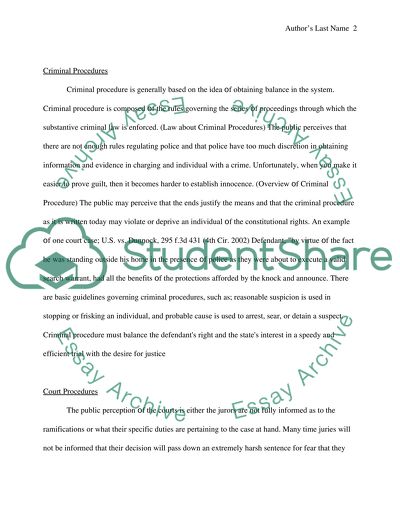Cite this document
(Criminal Court Visit Assignment Example | Topics and Well Written Essays - 1750 words, n.d.)
Criminal Court Visit Assignment Example | Topics and Well Written Essays - 1750 words. https://studentshare.org/law/1532789-criminal-court-visit
Criminal Court Visit Assignment Example | Topics and Well Written Essays - 1750 words. https://studentshare.org/law/1532789-criminal-court-visit
(Criminal Court Visit Assignment Example | Topics and Well Written Essays - 1750 Words)
Criminal Court Visit Assignment Example | Topics and Well Written Essays - 1750 Words. https://studentshare.org/law/1532789-criminal-court-visit.
Criminal Court Visit Assignment Example | Topics and Well Written Essays - 1750 Words. https://studentshare.org/law/1532789-criminal-court-visit.
“Criminal Court Visit Assignment Example | Topics and Well Written Essays - 1750 Words”. https://studentshare.org/law/1532789-criminal-court-visit.


